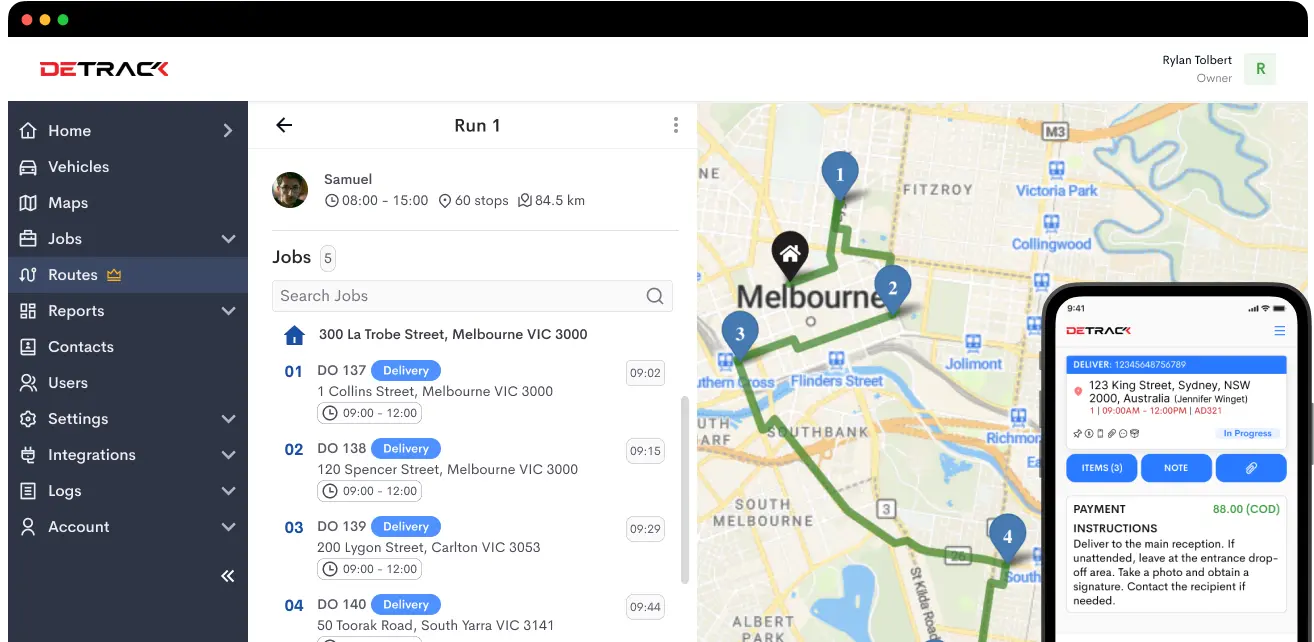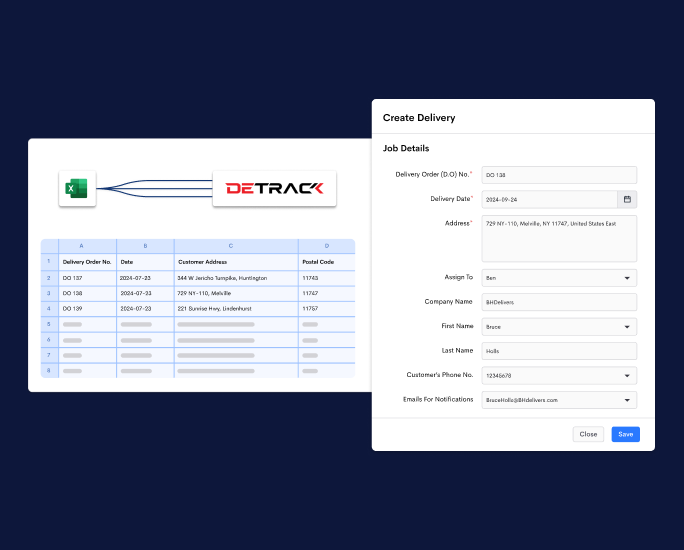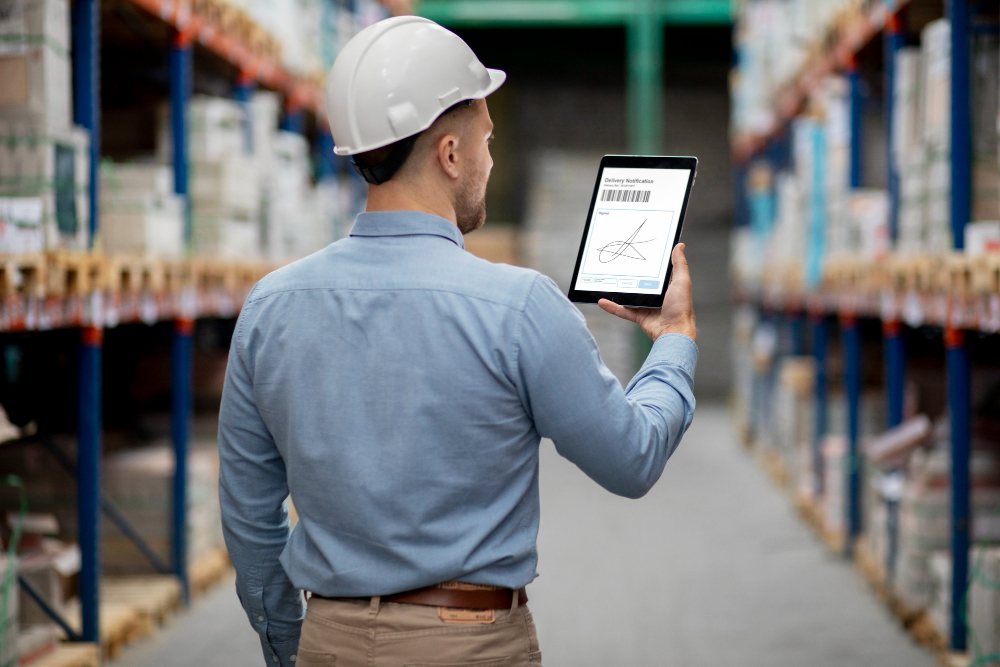All About Delivery Management System
Detrack Blog
Stay ahead of your competition with the latest posts, updates and industry insights.

Ecommerce Fulfillment Guide
When it comes to ecommerce fulfillment, there are a lot
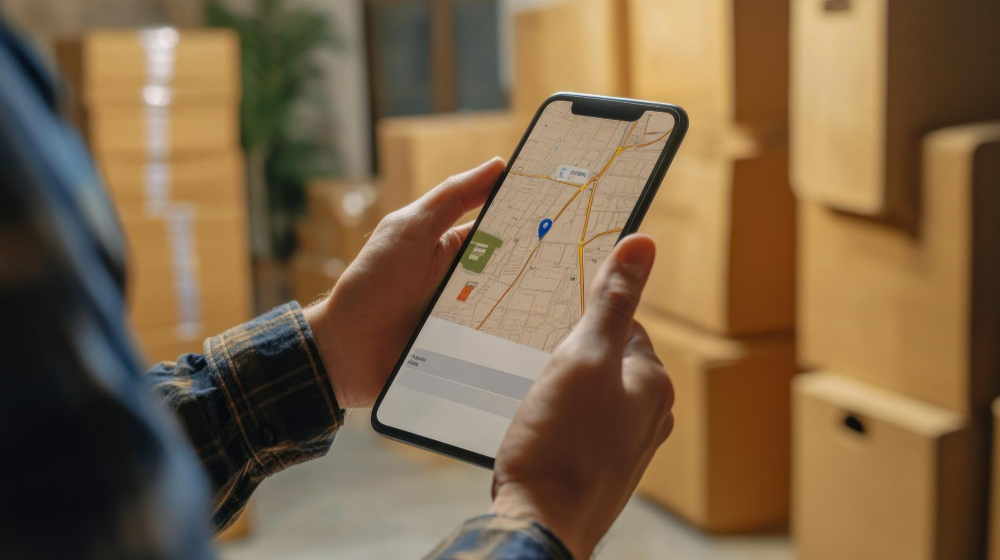
- Courier Services
Why Parcel Tracking Matters: The Business Case for Real-Time Visibility
Waiting for a package used to be like waiting for...
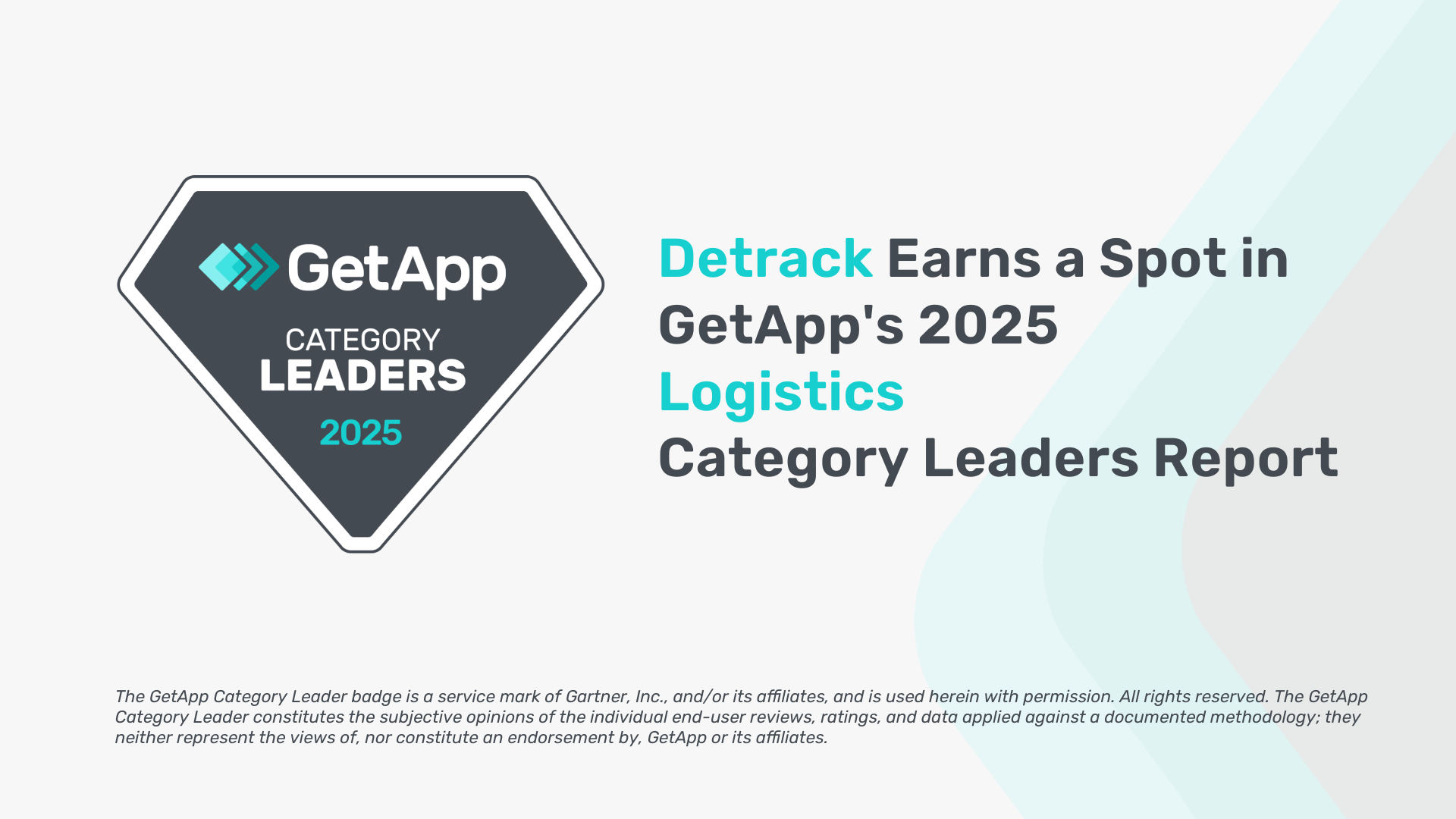
- Product
Celebrating Big Wins: Detrack Earns Top Recognition from Capterra, GetApp & Software Advice in 2025
At Detrack, we’ve always been passionate about helping businesses simplify...

- Guide
How to Streamline Your Food Delivery Operations with the Right Tech
Efficiency isn’t just a luxury—it’s a necessity. With customer expectations...
Why Choose Detrack?
Learn how your business can benefit from Detrack.
Affordable SaaS Pricing
Pay per vehicle, not per job—keeping costs low and predictable for your business.
Quick and Easy Onboarding
Get started in no time with a platform designed for fast implementation and minimal training.
Comprehensive Features
Access a robust set of tools designed to handle all aspects of delivery management seamlessly.
Always-On Support
Enjoy 24/5 live chat support, ensuring help is always available when you need it.
Highly Configurable
Tailor the platform to your unique business needs with advanced customization options.
Key Features
Features Built to Streamline Your Deliveries
Eliminate the hassle of paper forms and reduce delivery disputes with e-PODs that are stored securely in the cloud. Delivery proof can be easily captured via the Detrack driver app.
Learn More ›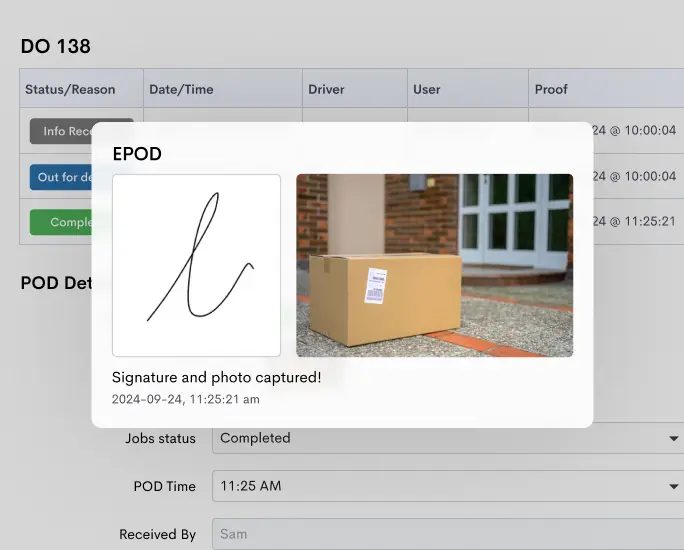
Get real-time delivery updates for better control of your fleet. Customers can also track their delivery progress in real time with a map-based tracking page.
Learn More ›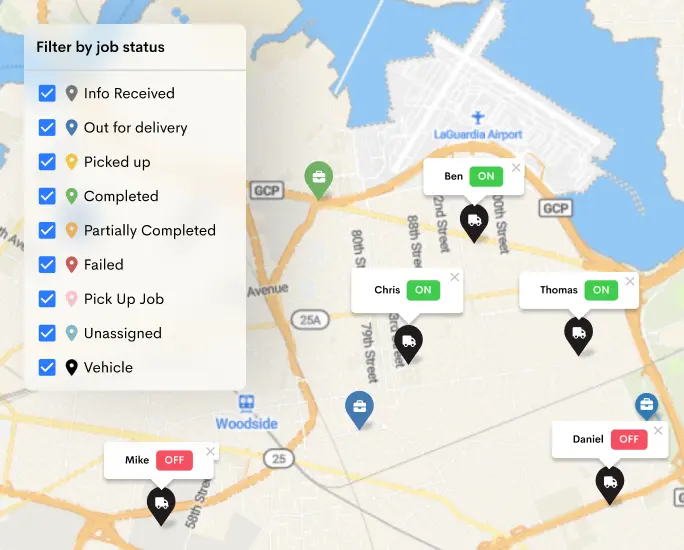
Keep customers informed with timely updates. Enhance your customer experience while reducing missed deliveries.
Learn More ›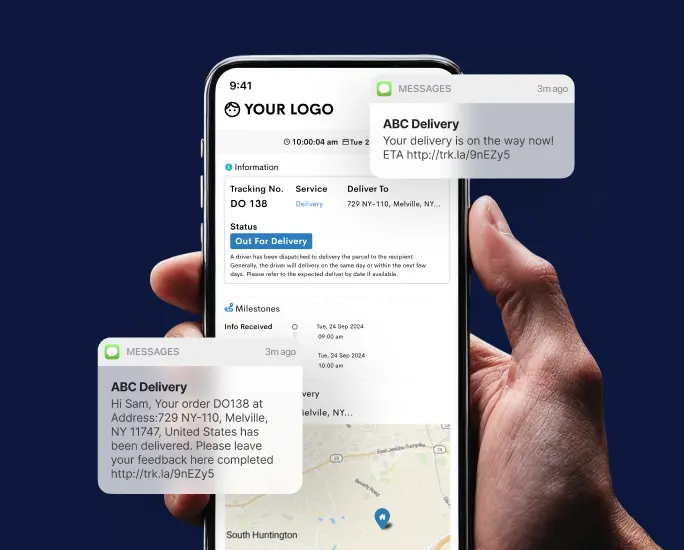
Streamline fleet operations with live vehicle tracking & efficient job assignment. Automate recurring jobs and save time on manual entry.
Learn More ›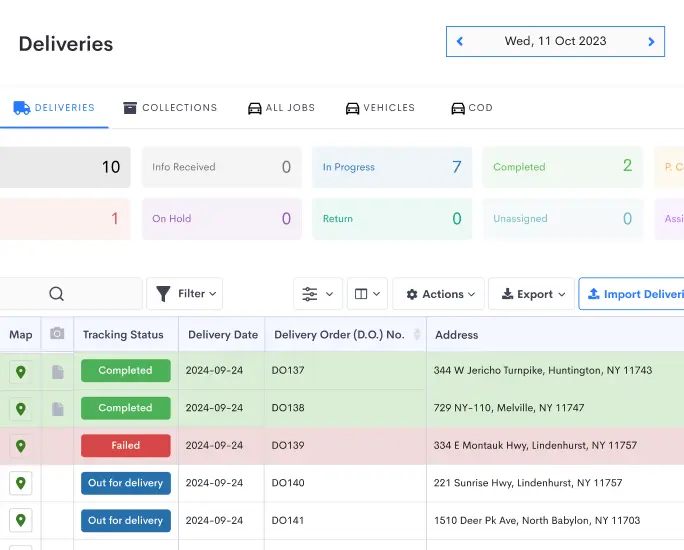
Keep your fleet safe & compliant with regular vehicle checks, done seamlessly through the driver app.
Learn More ›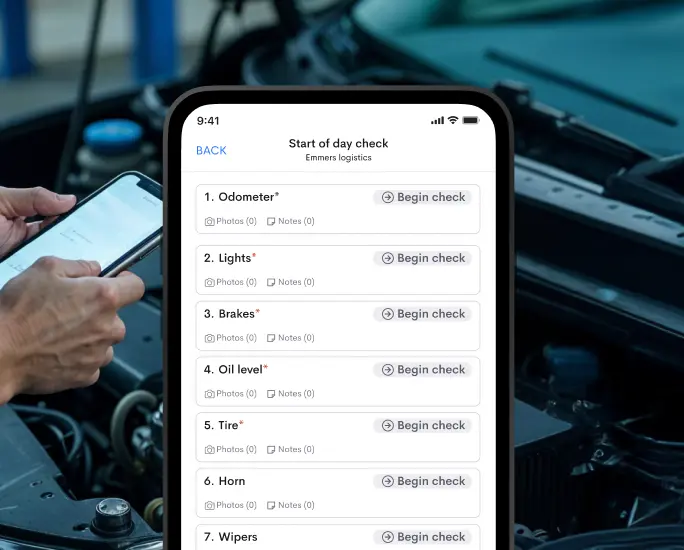
Gain valuable insights on your delivery performance and make better operational decisions.
Learn More ›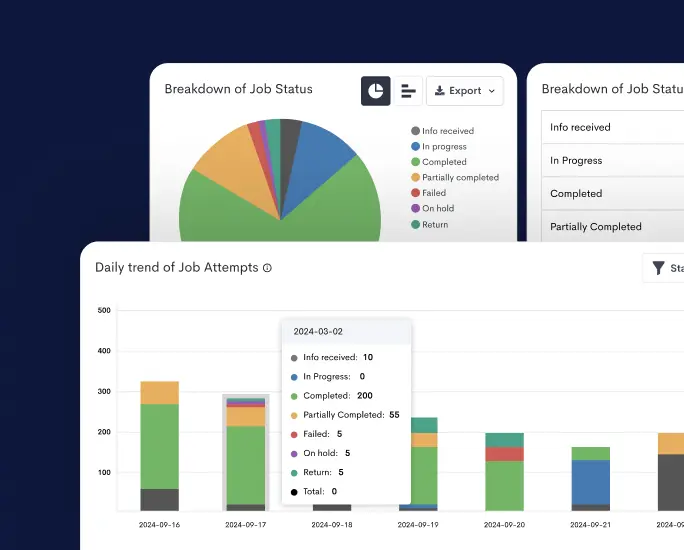
Configure your pricing based on rules such as such as weight, quantity, item type, location and more.
Learn More ›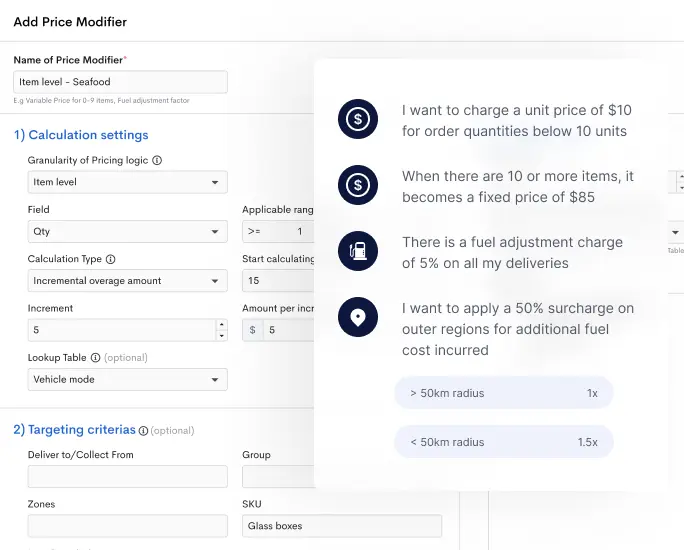



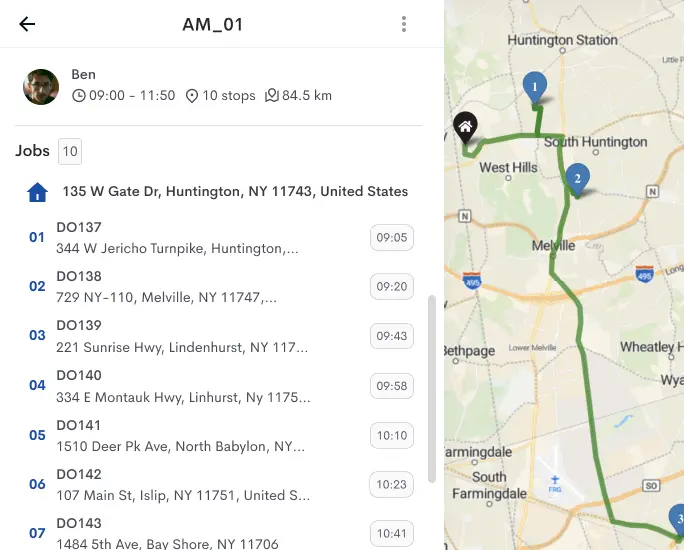



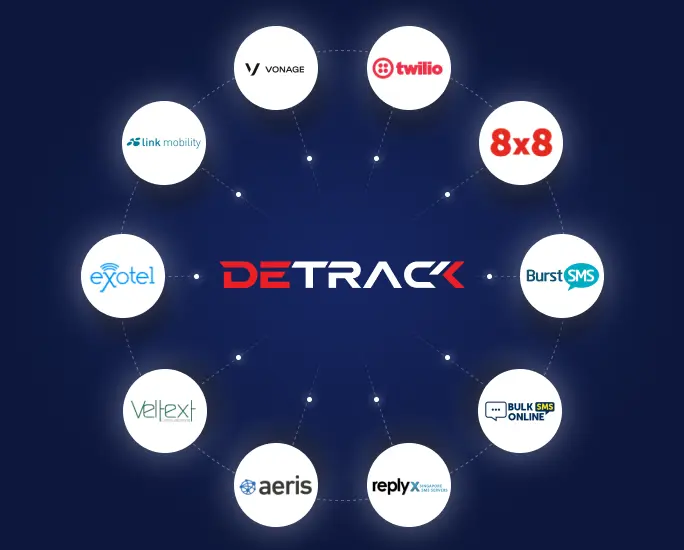

Companies around the world love using Detrack
Sign up for a FREE
account
and start using Detrack in seconds!
